How to Grow Seedless Citrus
Orange (Citrus sinensis), grapefruit (Citrus paradisi), lemon (Citrus limon), lime (Citrus aurantifolia) and mandarin (Citrus reticulata) citrus trees all have seedless varieties. Seedless citrus trees grow in U.S. Department of Agriculture plant hardiness zones 9 and 10. Citrus trees require 8 to 10 hours of sun a day. Planting them on the south side of buildings will help keep the trees warmer. The trees grow about 20 feet tall, with dwarf varieties reaching about 10 feet tall.
-
-
1.
Choose a planting site with good drainage, or plant the tree in a raised bed for better drainage. Space trees about 15 feet apart. Keep the trees at least 12 feet from paved areas or structures to avoid damage from the growing roots. Till or dig 4 to 6 inches of organic matter into the soil before planting, especially if the soil is clay or sandy. Do not plant seedless citrus trees in a lawn as they have different fertilization requirements.
-
-
2.
Plant seedless citrus trees as soon as all frost danger has passed so the tree has several months to establish itself before winter. Dig a hole the same depth and twice as wide as the root ball. Place the tree so the graft is several inches above the soil and the top of the root ball is about an inch higher than the surrounding ground. Backfill the hole. Do not add any amendments to the planting hole.
-
3.
Mulch around newly planted trees with 2 to 3 inches of organic mulch in a 3- to 4-foot radius from the trunk to keep the area weed- and grass-free. Keep the mulch several inches from the tree trunk. As the tree grows, widen the mulch radius to cover the area under the canopy.
-
4.
Water new trees every three to seven days. As the trees mature, watering can be reduced to once every week or two. Water deeply, about 8 to 10 gallons each time the first year, increasing the number of gallons as the canopy grows. Water over the root area, but don’t get the trunk wet. More frequent watering is necessary in the summer months, or in sandy soil. When the top inch of soil dries out, it is time to water again.
-
5.
Fertilize seedless citrus trees with 2 tablespoons of nitrogen fertilizer spread over the ground three to four times a year the first two years. Water after fertilizing. Double the amount of fertilizer the third year. After the third year, give trees 1 to 3 pounds of actual nitrogen per year. Apply fertilizer before new growth starts each year. Apply all at once or split it into two applications with the second applied after the tree blooms.
-
6.
Prune seedless citrus trees only to remove damaged, diseased or oddly growing branches. Cut dead branches back to just outside the branch collar with a pruning saw. Cut diseased branches back to healthy wood. Make the cut just outside a bud or lateral shoot. Remove branches that grow inward, vertically or across other branches. Cut them back to just outside the branch collar.
-
7.
Whitewash citrus trees that have lost foliage in a freeze or due to extensive pruning of diseased branches. Mix white water-based paint with equal part water and paint the trunk and large branches on the south side of the tree to prevent sunscald.

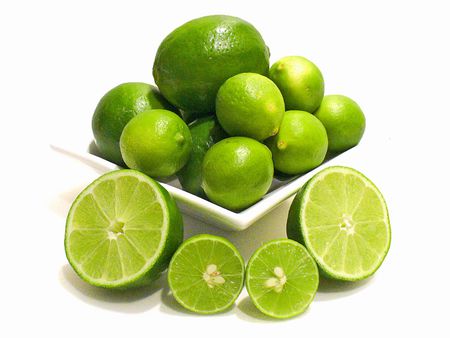





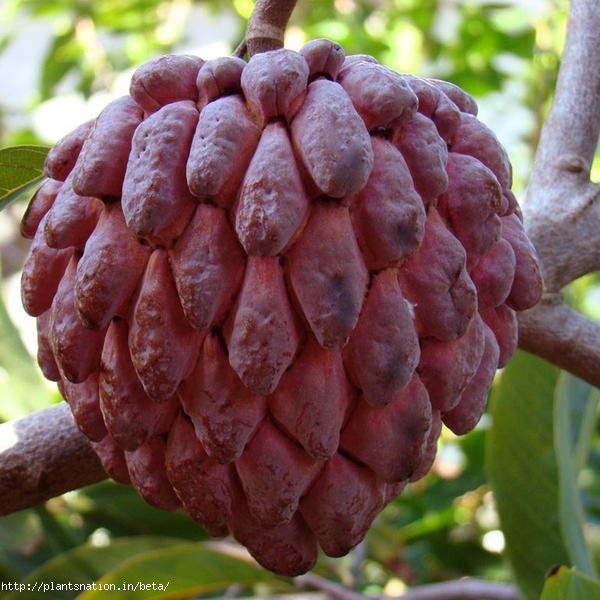



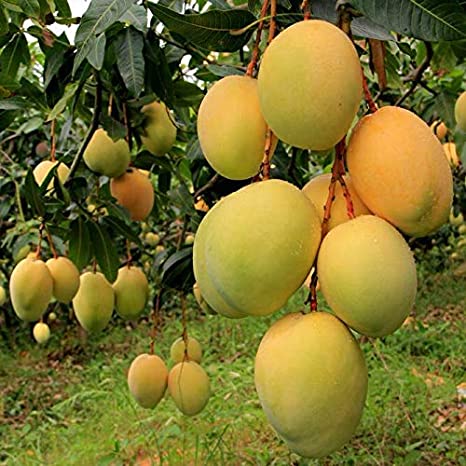

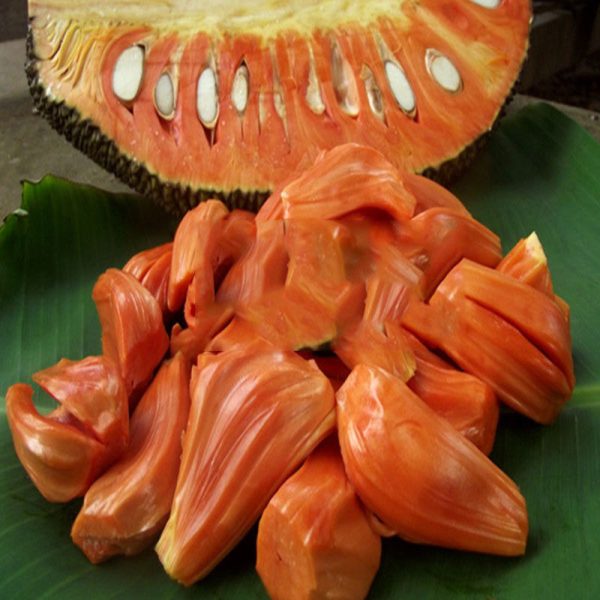





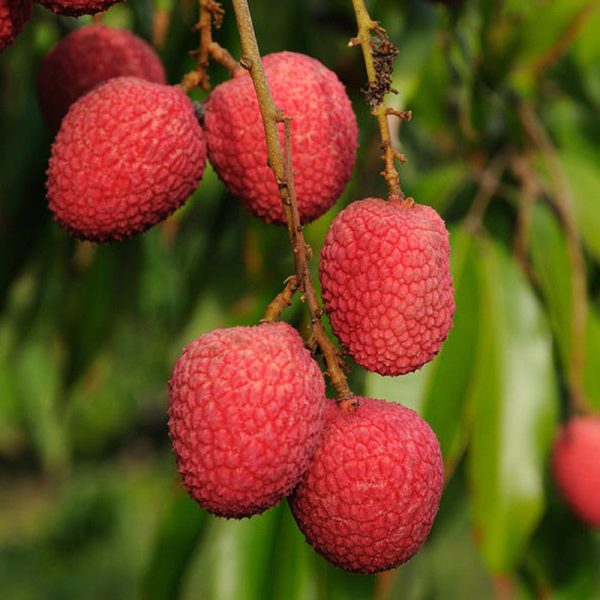
Reviews
There are no reviews yet.